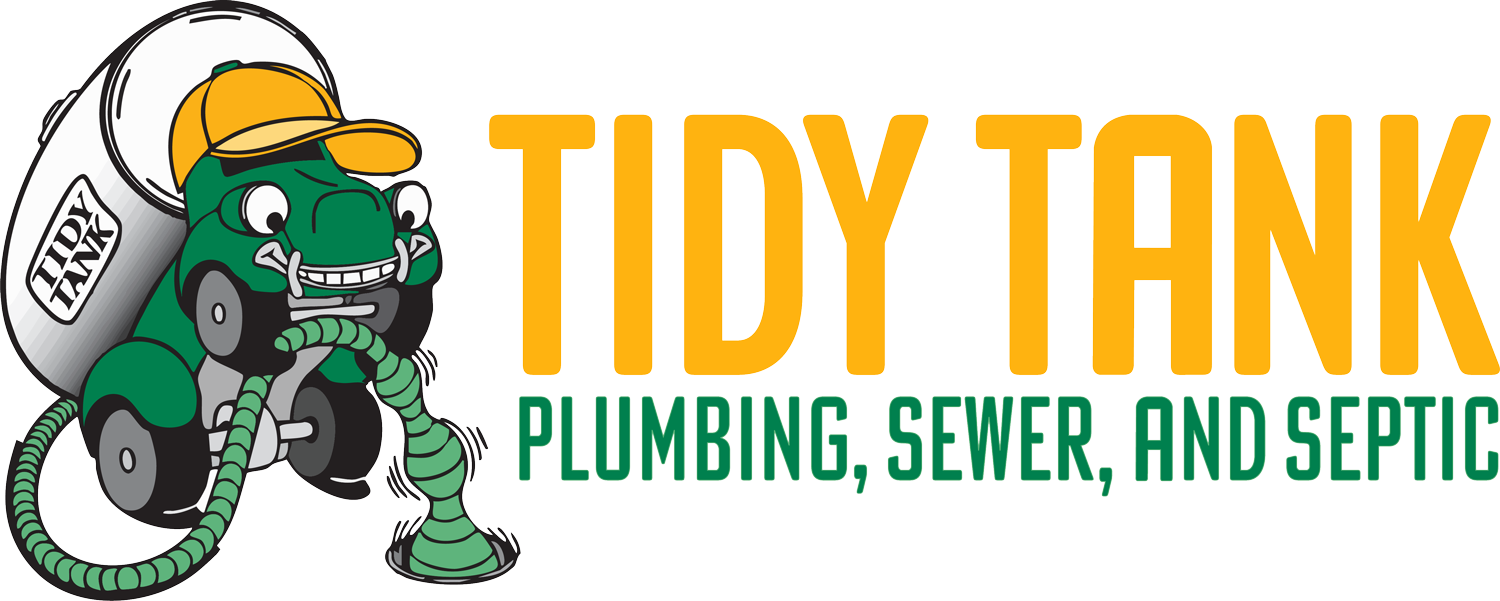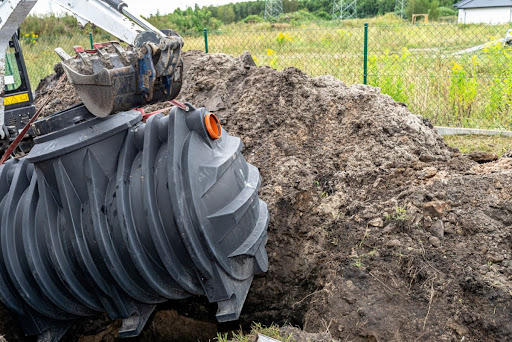Knowing what’s happening beneath the surface of your property is more important than many homeowners realize. You might enjoy your lawn, kids playing in the yard, and outdoor family dinners, but hidden just below your feet is a system doing serious work — your septic tank. Many of us rely on septic systems, but few stop to ask: how far down are septic tanks buried?
Let’s dig into the answers and give you peace of mind about what lies beneath your lawn.
Why Septic Tank Depth Is Important
Septic tanks don’t just sit a few inches under your lawn. They’re carefully placed at specific depths for a reason. The depth affects everything from how well the system works to how easy it is to maintain. If your septic tank is buried too shallow, it can be exposed to freezing temperatures. If it’s buried too deep, it might be difficult to access for regular pumping or repairs.
There’s also the risk of damaging your system during construction or landscaping if you don’t know how deep a septic tank is. Knowing the tank’s depth helps you plan projects and maintain a safe, functional yard.
Typical Depth Range for Septic Tanks
The most common question homeowners have is: How deep is a septic tank? In most cases, septic tanks are buried between four inches and four feet below the surface. This range depends on several factors, including local building codes, climate, and the type of soil on your property.
Colder areas usually require tanks to be installed deeper to prevent the system from freezing. In warmer climates, septic tanks might be installed closer to the surface since frost isn’t a concern. The tank lid typically sits six to 12 inches below the ground for easy access.
Factors That Influence How Deep a Septic Tank Is
Many different conditions affect how deep a septic tank is buried. From the type of soil on your land to the design of your home’s plumbing, no two installations are exactly the same. Below are some of the most common considerations that affect depth.
Local Building Regulations
Local health departments often have guidelines about how deep septic systems need to be. These rules are based on climate, the frost line, and soil type. Following local rules helps reduce the risk of groundwater pollution and system failure.
Soil Type and Water Table
If your yard has sandy or loose soil, installers may go deeper to stabilize the tank using gravel or compacted soil. If there’s a high water table, the tank may need to be placed higher or be reinforced to prevent floating. Soil with a lot of clay can slow down water absorption, impacting where the drain field is placed.
Tank Material
The type of material used for your septic tank also affects depth. Concrete tanks are heavy and usually sit deeper because they’re less likely to float. Plastic or fiberglass tanks are lighter and may need to be buried with more support or anchoring systems.
How Septic System Design Affects Depth
The overall design of your septic system plays a role in how far down septic tanks are buried. All the parts need to work together, and that includes managing the flow of waste using gravity or pressure systems.
Most systems include an inlet pipe from your house, the tank itself, and an outlet pipe that connects to a drain field. Gravity-fed systems need to be sloped properly, usually about 1/8 inch per foot. This slope helps the liquid waste, or effluent, flow toward the septic drain field without clogging or backing up.
Access and Maintenance Considerations
A septic tank should be deep enough to stay protected but not so deep that maintenance becomes difficult. If you’ve ever had to schedule a pumping or inspection, you know it helps when the access lid is easy to reach.
Leaving about six to 12 inches of cover above the tank lid strikes the right balance. This makes routine tasks like inspections and sludge checks much easier. It also avoids the hassle of bringing in a truck or heavy equipment to dig up the lid.
Landscaping and Yard Projects
Planning a backyard upgrade? Before building that patio or planting a tree, it’s smart to know how far down septic tanks are buried. Your landscaping choices can impact how well your system works and how long it lasts.
Avoid Heavy Loads
Driveways, sheds, and patios should never be placed directly over your tank. The weight can compact the soil or even damage the tank. Knowing where and how deep your tank is can help you plan safely.
Be Mindful of Roots
Trees can cause big problems for septic systems. Roots can find their way into small cracks in the tank or pipes, leading to leaks or blockages. It’s best to keep large trees at least 20 feet away from the system.
Septic Tank Replacement and Pumping Options
If your setup is older, and you’re curious about septic tank replacement in McHenry or Lake County, IL, turn to Tidy Tank Plumbing, Sewer, and Septic. Our professionals can advise you on the best path forward. A full replacement might be necessary if your tank is failing, cracked, or doesn’t fit current standards.
Pumping is less dramatic but equally important. A proper pump-out removes built-up sludge and scum so effluent can flow freely. Ask your technician to clarify the depth and access points during this service.
It’s Time to Give Your Septic System Some Attention!
If you’re unsure how deep your septic tank is or you think your system needs attention, it’s a good time to talk to the team at Tidy Tank Plumbing, Sewer, and Septic. We’re here to help homeowners understand what’s under their yards and keep everything working as it should.
We offer inspections, pump-outs, tank replacements, and drain field rejuvenation services for families who want reliable, clean systems without the headache. Contact us today to schedule your next service in McHenry County, Lake County, or one of the surrounding areas in Illinois!

